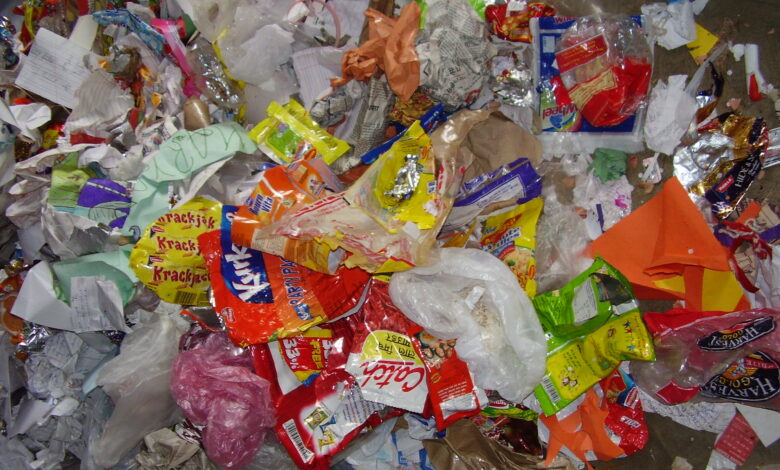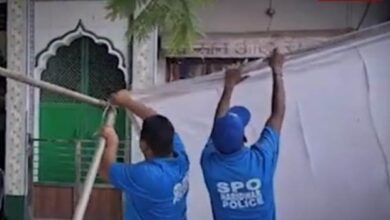Metallic layered plastics: what to do with it ?

Metallic layered plastics: what to do with it ?
Vipin Kumar
Dehradun , Dec 1
The packing industry the world over has innovated new designs for their products insuring stability and durability of the packed material. The polymer plastic with its intrinsic property of being stable is air and moisture resistant. The relative economics in terms of cost of transportation and storage further makes it the choicest material for the food industry. The boom in the fast food industry has been due to the availability of cheap plastic packing which insures freshness of the packed material to the consumer for about six months from the date of packing.
However, in tune with the trends of competitiveness and global marketing strategies packing as a tool is proving to be a differentiator of products. The promotion of laminated plastics as efficient barriers to moisture for longevity of shelf period of food material is a growing trend in the packing industry. Sadly, these colorful laminated packing remain littered and uncollected as they have no recycling potential any where in the country.
Over the years new technologies have come which can convert such material along with other flexible plastics can be converted to pavers. The packing industries will have to initiate the process of establishing such units in association with the Urban Local Bodies under Extended Producers Responsibility.
The use of laminates in milk cartons, aseptic cartons, chocolate bars, potato chips pan masala and gutkha and a range of dry and frozen goods is on an exponential increase. The essential element in the processing of such material is the economy in terms of reducing the permeability of the single material, which otherwise would have required to have been thickened to meet the required standards for food preservation. Perhaps, thickening of single material packaging is a viable alternative as the metal coated polyester films like other polymers pollute the environment. It needs to be emphasized that how so ever stable and chemically inert a substance may be it will undergo chemical decomposition due to ultra violet radiations.
In many cases there is waste saving that results from moving from a rigid form to a
laminate yet in European countries especially Germany recycling the laminates is a prior condition for packing material. The “waste hierarchy” believes in “reducing” as a better option than “recycle” after all . The wide variety of laminate combinations in the waste stream complicates the recovery task, because each laminate type may require a different recovery process during physical recovery of such material. The argument given in such cases is to dispose them off in landfills. The unanswered questions remain as to who shall pay for creating such an infrastructure and secondly why a non consumer of such material should also be made to bear the costs. The companies who make use of the environment for marketing their products should be made more responsible in selecting the material for packing and a “ law on closed substance cycle” should be formulated for the industries so that they are responsible for such material right from the “cradle to grave”. It is high time that a complete process of re- thinking should begin now regarding packing material as a long term measure for environmental protection.
( Vipin Kumar is an eminent environmentalist who has practically worked for garbage management in the Himalayan region.)






